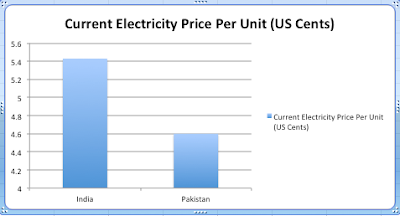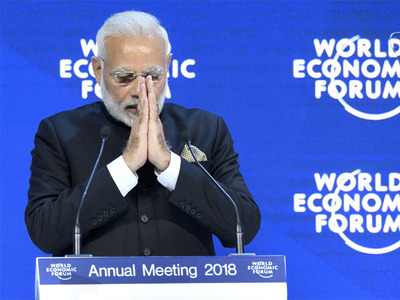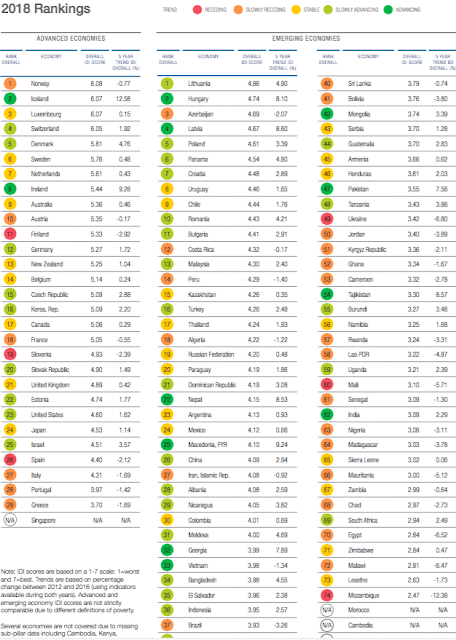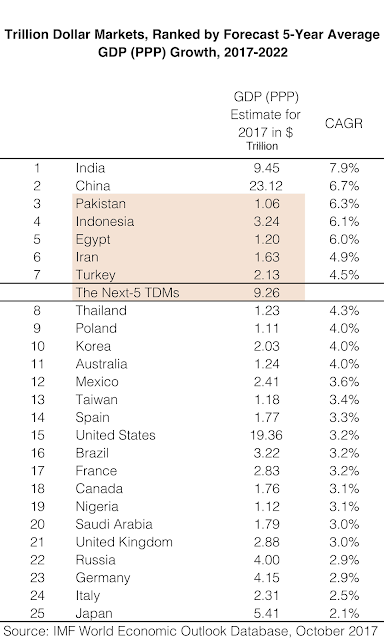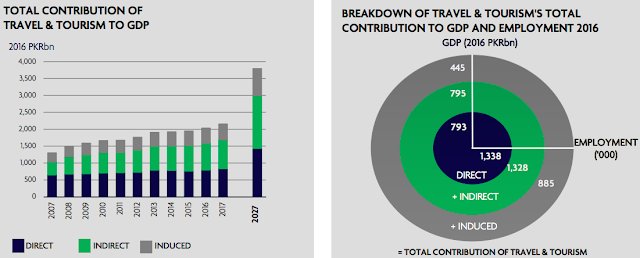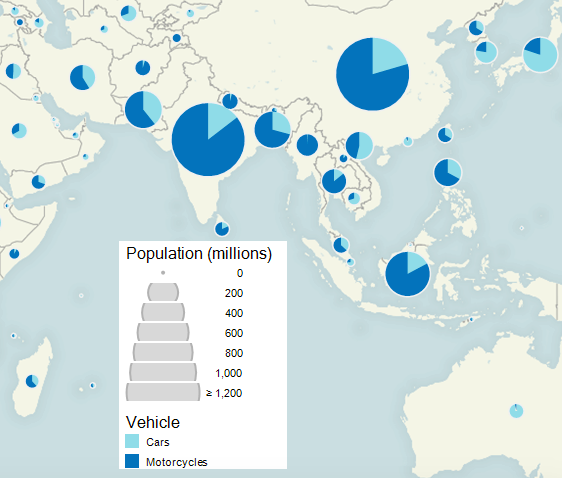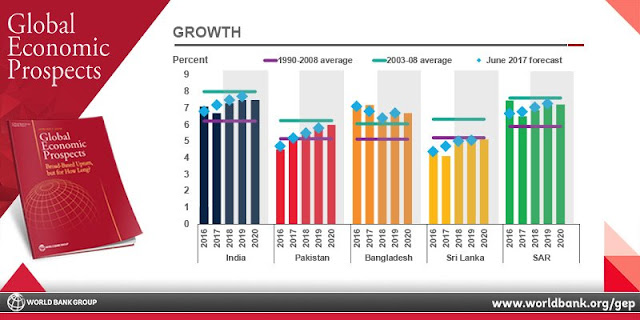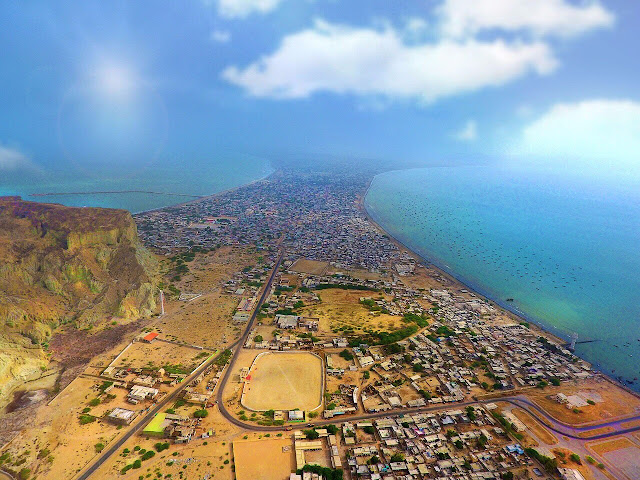Pakistan's Debt Crisis: Fact or Fiction?
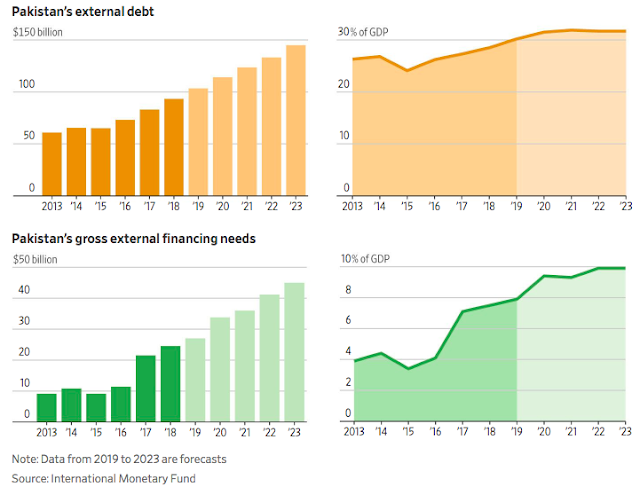
Pakistan is taking on significant amounts of domestic and foreign debt to finance its budget deficits and to support major energy and infrastructure development projects as part of China-Pakistan Economic Corridor (CPEC). Over one-third of this public debt is external debt denominated in US dollars, Euros and other hard currencies. At the same time, Pakistan's exports have declined over the last several years and the country's current account deficits have grown. Pakistan's External Debt. Source: Wall Street Journal Critics Warnings: Critics believe that Pakistan is facing a severe debt crisis. They fear that it could get caught in a big debt trap laid by foreign governments . They warn that Pakistan will go broke. It will be unable to repay these mounting debts. Are they right? To answer this question, Dr. Ishrat Husain, a former central banker and governor of the State Bank of Pakistan, has analyzed Pakistan's debt as of June 30, 2017. Here are some of
